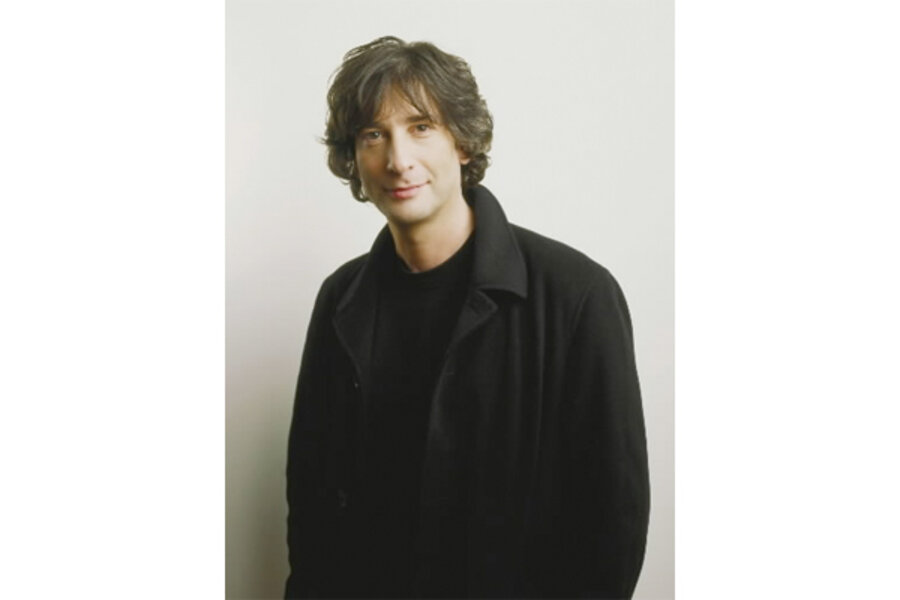How I got to meet Neil Gaiman
Loading...
It was just the first week of my summer internship and already – a chance to meet Neil Gaiman! He was scheduled to appear at a press event at the Multicultural Arts Center in Cambridge, Mass., to talk about and read from his new book, "A Calendar of Tales" and I was invited to attend. Surrounded by fancy food and good company, I couldn’t have been more excited.
Reporters and fans alike were given time to mingle before the great author arrived. But when he did appear, it wasn’t a grand entrance. He sort of just appeared out of nowhere and started talking to everyone like they were his best friends.
Head-to-toe black outfit, charming accent, and adorably quirky personality – it was @neilhimself, in real life!
He spoke with us about the project that led to "A Calendar of Tales." Gaiman teamed up with BlackBerry to work on their Keep Moving Project where he connected with his many Twitter followers, asking them to help fuel the ideas for his next book. Twelve questions were posted (one for each month) and the thousands of responding posts were sifted through until Gaiman was able to narrow them down to twelve.
He then took those prompts and created a story out of them. Following that, he asked for paintings and pictures to go with the stories, spending hours picking out the twelve best representations and a winner. Some of the Twitter and art winners were on stage with him at the Cambridge event. It was just as much their book as his.
Gaiman has taken the 1.8 million followers he has on Twitter, the half a million followers on Facebook, and all of his Tumblr followers and turned them into a community. He told us that part of the reason that he loves this project so much is because it wouldn’t have been possible even three years ago. He did admit that going through all of the responses was challenging and time-consuming. (Part of the challenge, he said, was that so many of the picture/painting submissions included cats. It is, after all, the Internet.)
But despite his initial worries that it would all go wrong, Gaiman says that he deemed the project a success because, “It felt like fun and we were all moving.”
Some of the suppliers of the winning tweets and art submissions were also present at the Cambridge talk. They shared how they felt sending in their tweet or art, most admit to being nervous. Kit Seaton, who was the winner of the art piece selected for the month of May, admits to being so nervous she had a friend send the tweet for her. She claimed it was something she felt she had to do even though it can be, “nerve wracking putting yourself out there.”
At the end of the talk, Gaiman read us three stories from the book. Besides the brownies, this was my favorite part. The stories were funny and engaging, made all the more special by the fact that it was a collaboration between an author and his fans.
This loving creation will not be for sale. According to Neil, the end product was not the book. The end product was A) the process and B) the website. The website displays the finished product which can be viewed at acalendaroftales.com.
Casey Lee is working as an intern at the Monitor this summer.








